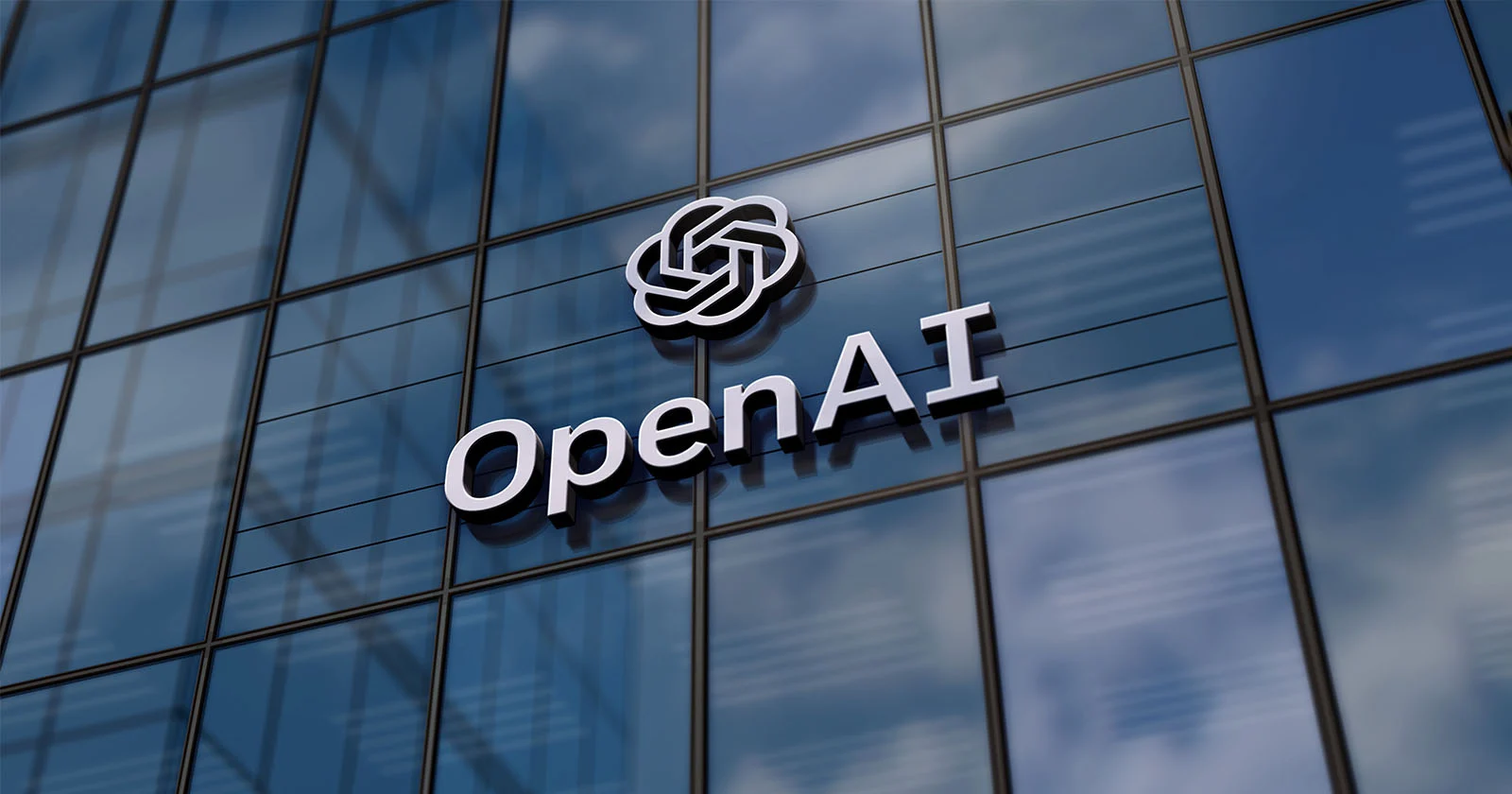The world of artificial intelligence is buzzing with anticipation as OpenAI, the company behind the groundbreaking ChatGPT, has announced plans to release a new “open-weight” language model in the coming months. This move, confirmed by CEO Sam Altman himself, marks a significant shift for the company, which has previously kept the underlying technology of its most advanced models closely guarded. But what does “open-weight” mean, and why is this news so electrifying for developers and the broader tech community?
Unlike fully open-source models that provide access to the complete source code and training data, an open-weight model makes its trained parameters, or weights, publicly accessible. This allows developers to analyze and fine-tune the model for specific tasks without the need for massive original training datasets and computational resources. Think of it as getting access to the intricate machinery of a powerful engine, enabling you to customize it for your unique needs.
This decision by OpenAI comes as a welcome development for many in the AI field who have long advocated for more transparency and accessibility in large language models (LLMs). The ability to tinker with and build upon existing powerful AI could lead to a surge of innovation across various sectors, from healthcare and education to entertainment and scientific research. Imagine researchers being able to adapt a state-of-the-art language model to analyze medical data with greater precision, or educators tailoring AI tools to provide personalized learning experiences for students. The possibilities appear limitless.
Sam Altman mentioned in a post on X (formerly Twitter) that OpenAI intends to engage with developers to gather feedback on how to make this open-weight model as useful as possible. The company is even hosting developer events, starting in San Francisco within the next few weeks, followed by sessions in Europe and the Asia-Pacific region. This proactive approach suggests that OpenAI is not just releasing a model but is also looking to foster a collaborative environment around its use and development. “We still have some decisions to make, so we are hosting developer events to gather feedback and later play with early prototypes,” Altman stated, highlighting the early stage of this initiative and the importance of community input.
This move also comes at a time when competition in the AI space is intensifying. Other organizations have been making strides in open-source AI, and OpenAI’s decision could be seen as a strategic move to remain at the forefront of innovation and to encourage broader adoption of its technology. By making a powerful language model more accessible, OpenAI could empower a wider range of developers and researchers to build new applications and contribute to the advancement of AI.
It is important to distinguish between “open-weight” and “open-source.” While open-weight provides access to the model’s parameters, open-source typically includes the entire codebase, training data, and methodologies. OpenAI’s announcement specifically refers to an open-weight model, which still offers significant benefits for the developer community. The ability to fine-tune a pre-trained model can save considerable time and resources, allowing smaller teams and individual developers to leverage cutting-edge AI capabilities.
OpenAI’s history with open models is somewhat nuanced. The company initially started with a more open approach but later cited safety concerns when it decided to release only smaller versions of its GPT models. The upcoming release of an open-weight model with reasoning capabilities, the first since GPT-2, signals a potential shift in this strategy. It suggests a growing confidence in the ability to manage the potential risks associated with more accessible AI technology, perhaps through community collaboration and responsible development practices.
The exact specifications and capabilities of this new open-weight model remain under wraps. However, given OpenAI’s track record, it is likely to be a highly capable model with strong reasoning abilities. This is particularly exciting as it suggests a move beyond basic language generation towards more complex problem-solving and understanding.
The implications of this release for the future of AI are profound. Increased accessibility could democratize AI development, leading to a more diverse range of applications and innovations. It could also foster greater scrutiny and understanding of how these models work, potentially leading to improvements in safety and bias mitigation.
Of course, with greater access comes greater responsibility. It will be crucial for the developer community to engage with this technology ethically and responsibly, ensuring that it is used for beneficial purposes. OpenAI’s decision to host developer events underscores the importance of this dialogue and collaboration.
As we await further details and the eventual release of this groundbreaking open-weight language model, one thing is clear: OpenAI’s move has the potential to ignite a new wave of creativity and innovation in the world of artificial intelligence. The coming months promise to be an exciting time for anyone interested in the power and potential of AI to shape our future. Keep an eye out for updates as OpenAI unveils more about this highly anticipated release.
This initiative aligns with the broader trend of making AI more accessible and collaborative. By sharing the weights of its language model, OpenAI is inviting the global developer community to participate in its evolution, potentially leading to breakthroughs that were previously unimaginable. The focus on gathering feedback and engaging with developers indicates a commitment to building a useful and responsible open AI ecosystem.
The announcement has already sparked considerable discussion and excitement within the AI research and development communities. Many see this as a crucial step towards fostering innovation and accelerating the development of beneficial AI applications. The open-weight nature of the model will allow researchers to delve deeper into its inner workings, potentially uncovering new insights into how these complex systems learn and reason.
Moreover, this move could have significant implications for businesses and organizations looking to leverage the power of large language models. By providing access to a high-quality pre-trained model, OpenAI could lower the barrier to entry for many organizations, allowing them to build custom AI solutions without the need for extensive resources to train models from scratch. This could lead to a wider adoption of AI across various industries, driving further innovation and economic growth.
The emphasis on reasoning capabilities is particularly noteworthy. While many existing language models excel at generating text, models with strong reasoning abilities can tackle more complex tasks, such as answering intricate questions, solving logical problems, and making informed decisions. The release of an open-weight model with such capabilities could significantly advance the state of the art in AI and open up new possibilities for its application in areas that require more than just language understanding.
In conclusion, OpenAI’s plan to release a new open-weight language model in the coming months is a landmark event in the field of artificial intelligence. This decision has the potential to democratize AI development, foster collaboration, and drive innovation across various sectors. As the company prepares to engage with developers and gather feedback, the world watches with anticipation to see what groundbreaking applications and discoveries will emerge from this bold step towards open AI.













